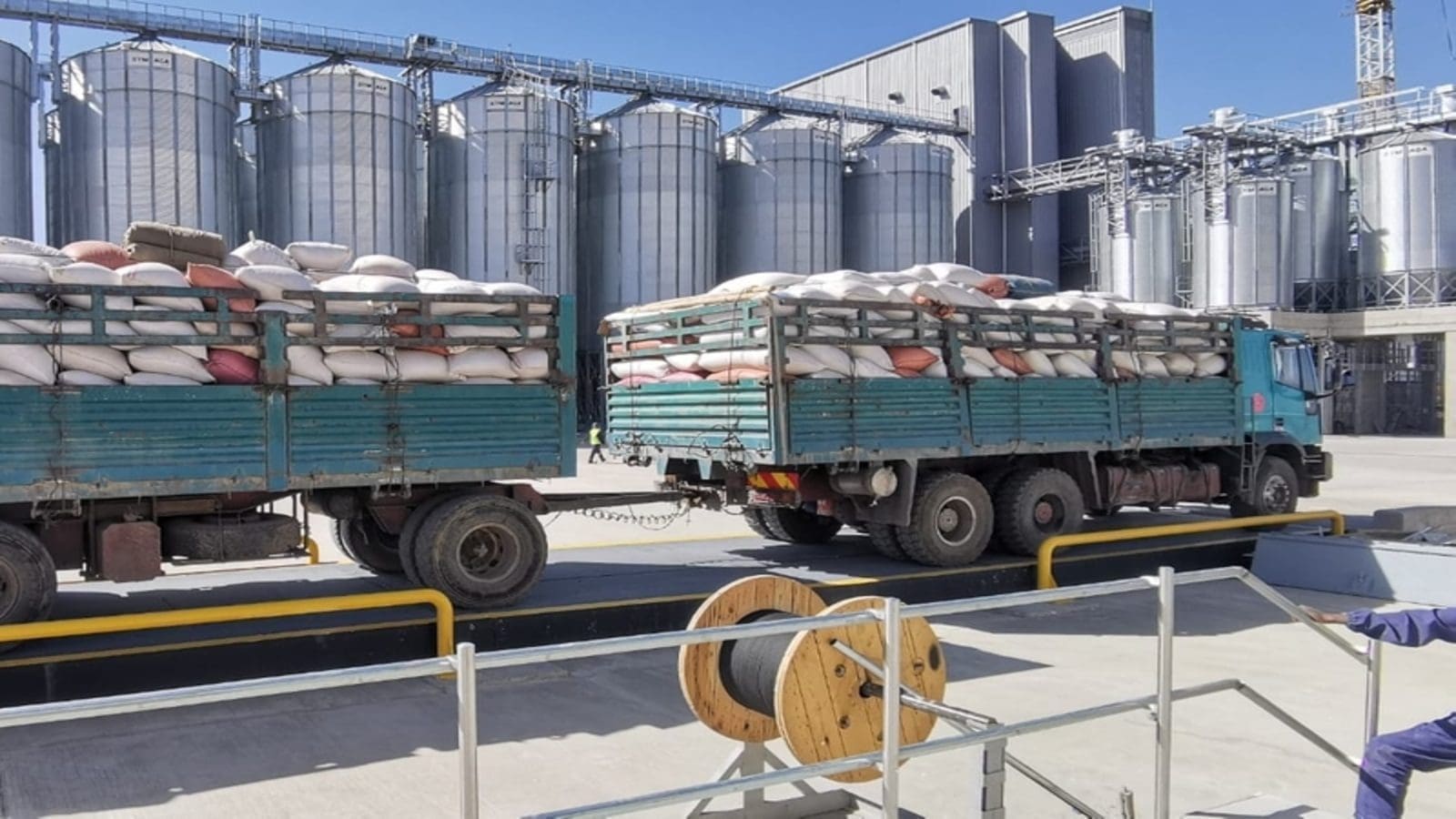CHINA – The People’s Republic of China (PRC) is expected to import more feed grains to meet increased demand from the poultry industry that is recovering from multiple disease outbreaks.
According to the Foreign Agricultural Service (FAS) of the United States Department of Agriculture (USDA), China’s chicken meat production is forecast to rebound by 2 percent to 14.3 MMT in 2022 as large-scale white feather (“broiler”) producers utilize expanded production facilities.
Additionally, hog production is expected to be concentrated in large-scale operations using professional feed formulas.
Cattle and beef production is also expected to grow in 2022, albeit slowly when compared to poultry.
FAS expects the growth in animal and bird production will create more demand for animal feeds and therefore necessitate additional imports to meet the supply gap.
China is for instance expected to import between 30 and 32MMT of corn to meet its local demand. FAS officials expect more imports to flow in from Ukraine which offers a more competitive price than the United States.
Feed millers in China are also expected to import more Barley as it currently offers the most competitive price when compared to other grain feeds. Imports are forecast at 10.5 MMT in MY 2021/22.
Sorghum imports for MY2021/22 are on the other hand forecast at 9 MMT, 0.8 MMT lower than the USDA forecast due to the availability of other, cheaper substitutes for imported sorghum.
Food grain production escapes adverse weather
China’s major food grains: wheat and rice are expected to have better yields in MY2021/22 despite adverse weather conditions affecting stored crops in some states.
According to FAS, wheat production is estimated at 137 MMT on better yields as harvesting was done in major growing provinces before the floods.
The industry predicts as much as 1.7 MMT of wheat may be turned into feed or go to residual use because of the weather damage.
Despite the good harvest, China is expected to still import about 8 MMT, a figure way below China’s tariff rate quota (TRQ) level of 9.636 MMT for calendar year 2022.
Milled rice production in MY 2021/22 is, on the other hand, forecast at 150 MMT, slightly higher than USDA estimates – mainly due to a better yield of early indica rice.
Experts estimate that the extreme weather in Henan only caused 10-20 percent less rice production in a relatively confined area along the Yellow River – equaling a loss of approximately 70,000 MT.
Consumption of rice is forecast at 155.7MMT, 5.7MMT higher than local production, necessitating importation to cover the shortfall.
Rice import estimate for MY 2021/22 is increased to 3.6 MMT by the FAS with Vietnam and Pakistan expected to account for the largest share of imports due to their competitively priced rice.
Liked this article? Subscribe to Food Business Africa News, our regular email newsletters with the latest news insights from Africa and the World’s food and agro industry. SUBSCRIBE HERE











